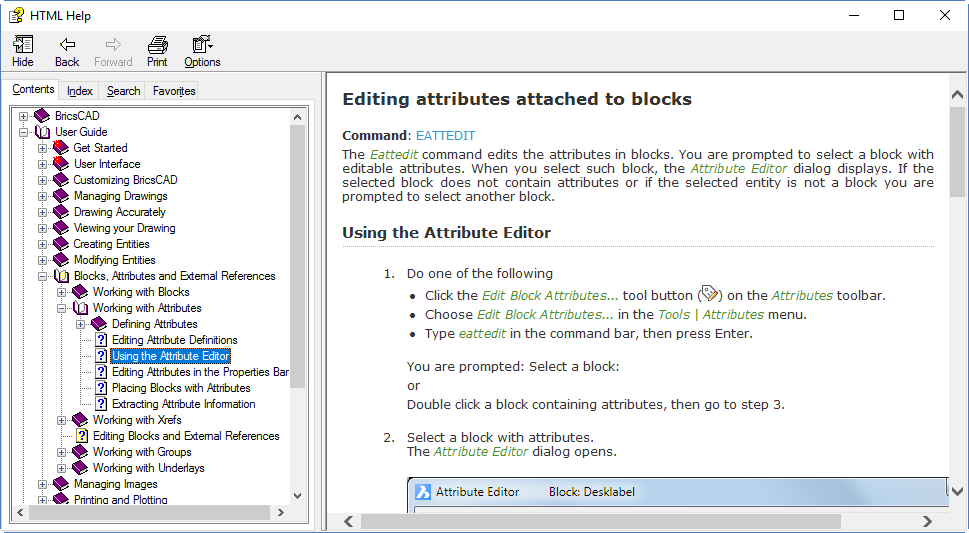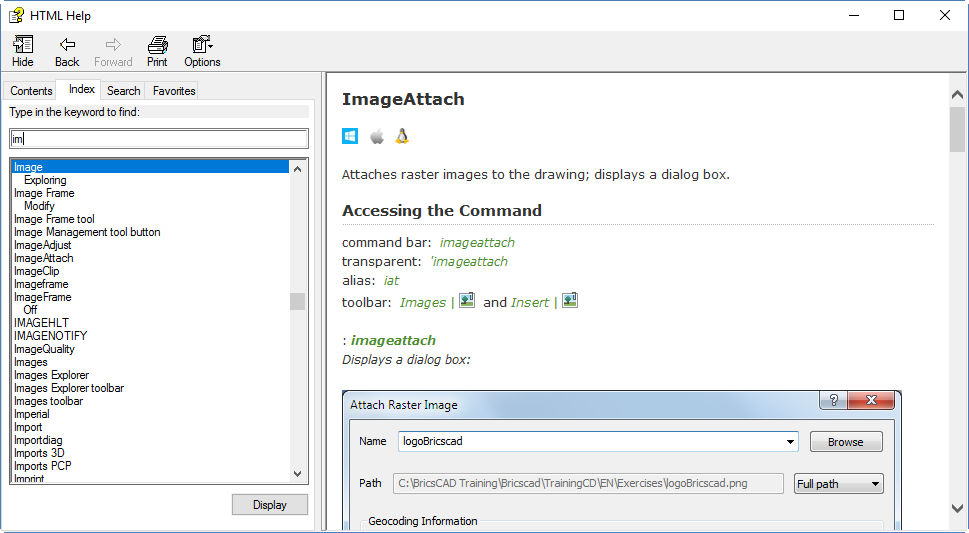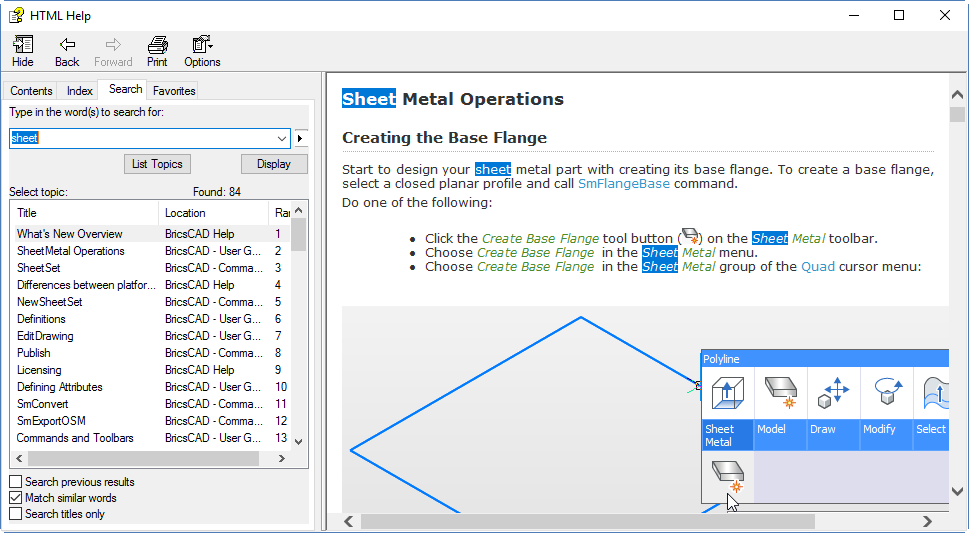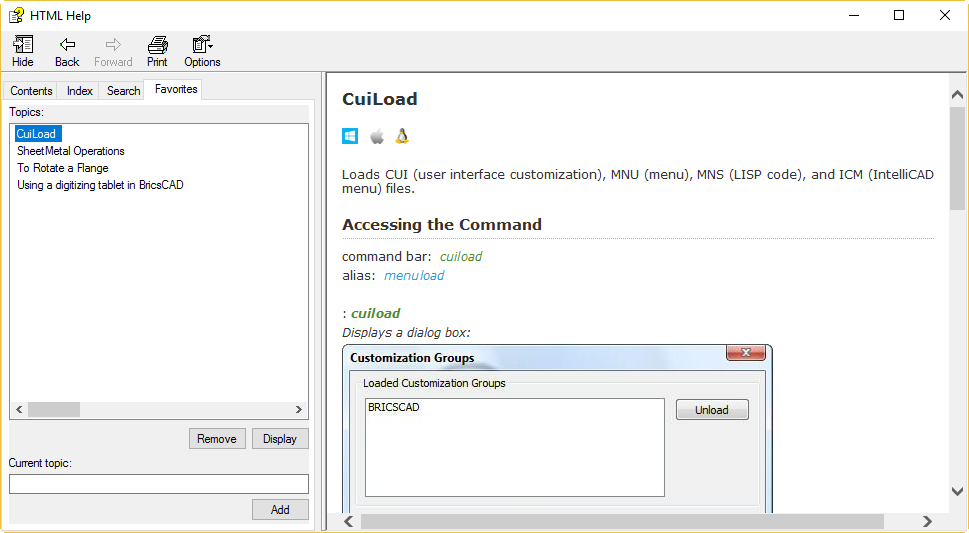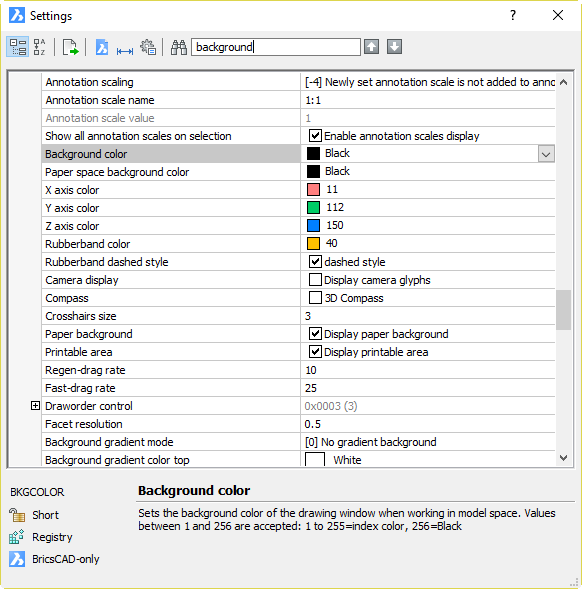This is one of a series of posts covering an extensive interview with Bricsys CEO Erik De Keyser and COO Mark Van Den Bergh. In this post, I learn about Bricsys’ astonishingly good staff retention record and the reasons behind it.
Autodesk likes to periodically pat itself on the back for being a great employer, but history shows it’s a company that discards about 10% of its workforce every few years to keep the share market happy. I suspect another round is coming up soon, unfortunately. There’s a stark contrast between a company that disposes of its chattels in that way and one with a CEO that says, “…every time somebody leaves the company that’s really, really bad.”
You as a customer may not think that matters to you, but it does. I believe there is a direct correlation between Autodesk losing knowledgeable staff and Autodesk repeating old mistakes and breaking things. If today’s developers don’t know why some things in the software are the way they are, or why most changes should automatically come with an off switch, or why some things shouldn’t be done at all, or even how a feature can be maintained (e.g. Visual LISP), then the product suffers. AutoCAD users have to deal with the consequences of those knowledge holes with every release.
As in so many other areas, Bricsys proves to Autodesk that it doesn’t have to be like that; there is a better way.
Steve: Speaking to your people, they appear to like working here and they stick around. What’s your staff turnover like?
Mark: It’s very low, very low.
Erik: Job-hoppers, you mean? People who leave? I think in the last fifteen years… maybe five, six, something like that?
Steve: Wow.
Mark: I remember the reasons, maybe two or three times here, maybe having to leave to move to another city or another country. There as well, we try to find solutions.
We really have a good team atmosphere and if those people can work, if they’re a developer for example, people can work from remote areas. We have a guy who has been working for us for years who is now working from Turkey. That was the discussion we had, “I have to leave because I’m moving to Turkey now.” No, you don’t have to leave, just work from there.
Erik: I will add that in Novosibirsk (Bricsys Russia) it’s more difficult to keep the people. We are growing very fast there. We started when we took over the LEDAS team with 3D modelling, we started there with six or seven people. We now have thirty. Along the road for the last four or five years, maybe five or six left. In percentage, that’s way more than we have here. We are stopping the bleeding now!
Steve: That’s still fairly low!
Erik: That’s still fairly low but every time somebody leaves the company that’s really, really bad. We are investing a lot in making it comfortable for our people. To give you an idea we have a culture here of every Friday, we go to the pizzeria for lunch here. We have our own floor there in the restaurant every Friday. Sometimes we talk about software but sometimes we talk about politics and sometimes just rubbish and nonsense and a lot of fun.
Mark: Mostly!
Erik: But we give a budget to all our teams. In Novosibirsk they do that as well. So they have a budget and we force, well, encourage them very strongly to do that.
Mark: Same in Singapore, [inaudible], all our teams.
Erik: Every year, with all the families, we go to a chateau near Paris for three to four days. In Novosibirsk they have a budget to go for a trip with their families once a year, if there is a special occasion. That’s investing in your people.
If anyone has a problem, everyone knows that all doors are open, that we will try to find a solution to make you comfortable. We always say to our people here that the last thing we want is if they are stressed. It doesn’t work for developers and for a company like ours. No stress.
I was really sorry with Dieter yesterday [one of the presenters at the press event]. They only told him the day before to give a presentation! He’s not used to doing that. He was really good about it as you all saw, but he was really stressed. We will avoid putting him in that situation ever, ever again. It doesn’t work.
But for the rest, even with deadlines, we change priorities then, but we don’t want people stressed. And that has a very good result. If you see where we are coming from, what we have, in fifteen years, millions and millions of lines of code, of testing code as well, it’s a ton of development that is done, quality that we have developed. So far, so good, without stressing our guys. Why would we change that?
Mark: Also, the transparency we show to the outside world with the bug reports and so on, that’s also done internally. Everything here is open. On a quarterly basis we get everyone together, we show the numbers, it’s no secret at all internally. So everyone knows how the company is going, how things are moving, new projects that we are doing, and that feels nice with people.
This is the complete set of links to this interview series:
- The big Bricsys interview 1 – why invite the press?
- The big Bricsys interview 2 – making money
- The big Bricsys interview 3 – looking after people
- The big Bricsys interview 4 – thank you, Autodesk
- The big Bricsys interview 5 – perpetual licensing and choice
- The big Bricsys interview 6 – lean and focused
- The big Bricsys interview 7 – the applications ecosystem
- The big Bricsys interview 8 – boundaries and BIM
- The big Bricsys interview 9 – treading on developers
- The big Bricsys interview 10 – platforms
- The big Bricsys interview 11 – free viewer?





















